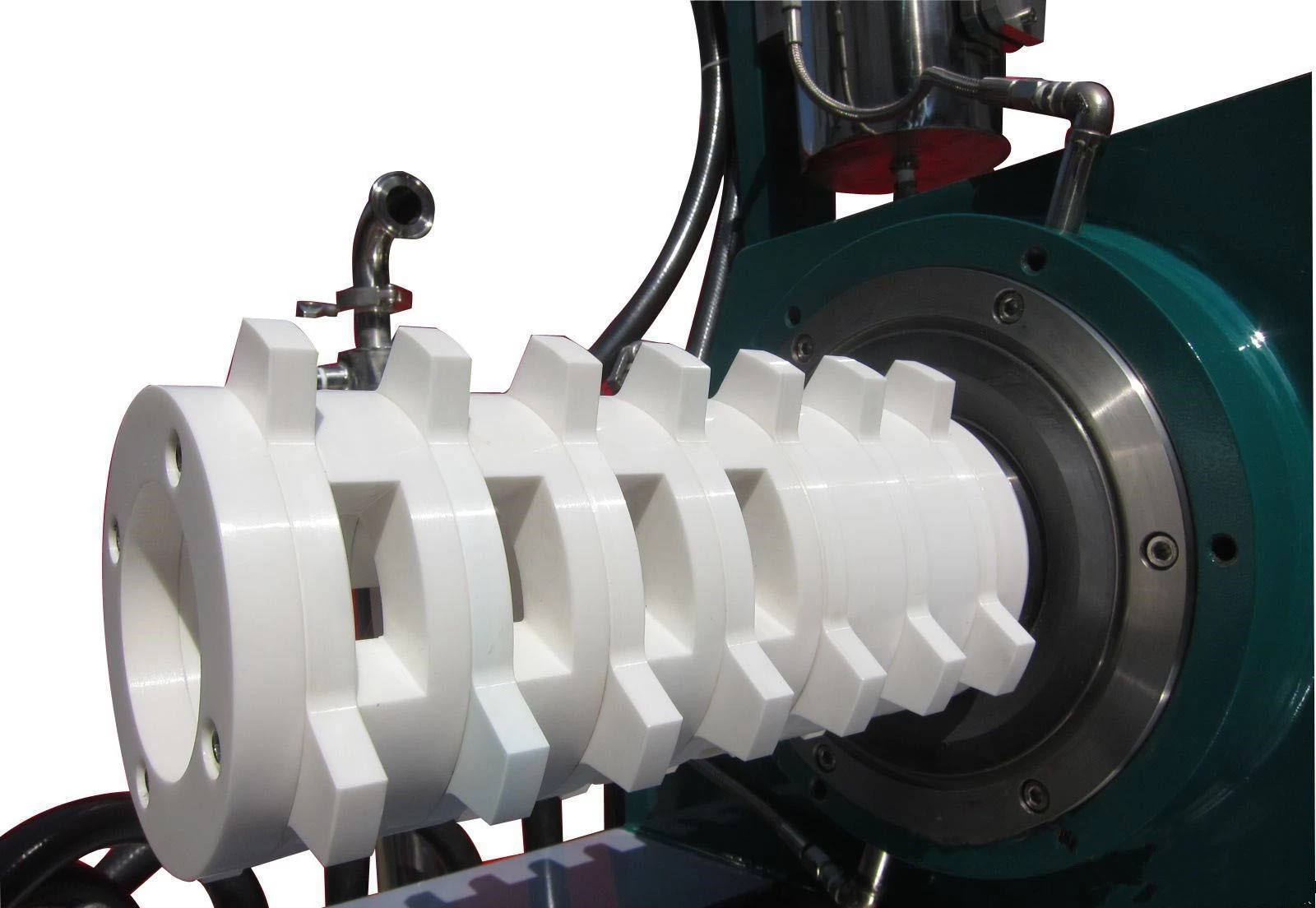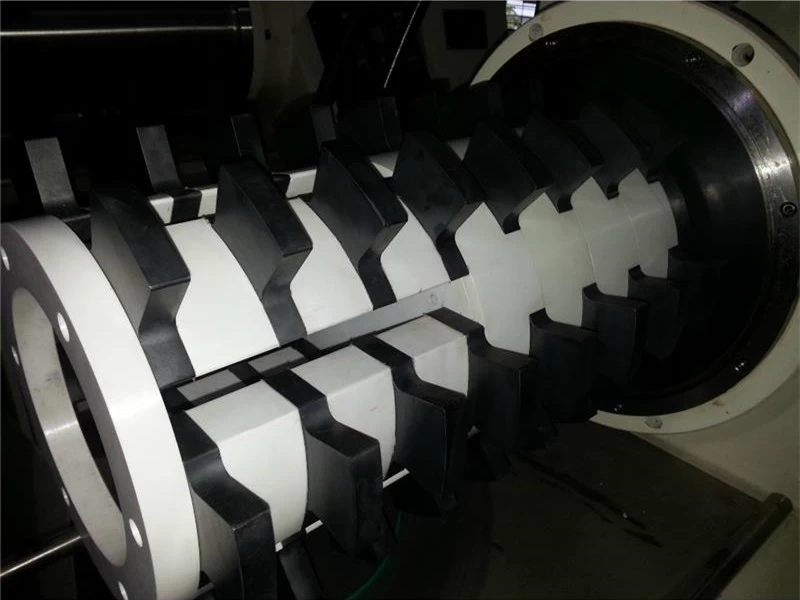A sand mill, a staple in grinding apparatuses, operates on the principle of friction between the grinding medium and the disc to pulverize materials into powder or fine granules. Nonetheless, excessive moisture in the grinding medium or material accumulation can precipitate blockages. Under such circumstances, the grinding medium struggles to navigate and rotate within the disc, or materials falter in their journey from the feed inlet to the disc, thus impeding the grinding efficacy.

The genesis of sand mill blockages is manifold, encompassing:
Exorbitant moisture content in materials;
Severe pulverization of the grinding medium;
Excessive material deposition within the machine;
Mismanagement, such as overfeeding or overly rapid rotation speeds.
Throttling in the Airway: Small-diameter valves, with their narrow throttling gaps, demand an absence of even the minutest debris. In such instances, installing a filter before the valve ensures unimpeded medium flow. Anomalies in the functioning of position detectors using these valves necessitate proper air source management, typically through the installation of air filters and pressure reducing valves upstream of the position detector.
Medium Clogged by Solid Particles: Mediums prone to sedimentation and containing solid particles, when regulated by conventional valves, often encounter throttling or diverting orifices blockages. External gas or steam valves facilitate flushing without the need to adjust the valve, thereby restoring functionality.
Residuals in Sand Mill Pipelines: Welding slag, rust, and other residuals, if lodged in the valve’s throttling holes, guiding parts, or balance holes, can deform the valve core, strain guiding surfaces, and, in severe cases, indent seal faces.
Screen Clogging:
Contaminants exceeding specifications in procured materials;
Quality issues with the used zirconium beads, like breakage;
Inherent structural flaws of the screen itself, all contribute to clogging in sand mills. Screens, woven from metal wire and representing a crucial component, typically feature gaps half the diameter of the zirconium beads. For instance, a 400L fine grinding sand mill would employ zirconium beads of 0.3-0.4mm diameter, necessitating a screen aperture of 0.15-0.17mm. Regular maintenance, including fortnightly cleaning using sieve sizes, ensures uninterrupted operation.

Disassembling the mill shell for cleaning, removing residues, refinishing the seal surface, and clearing the bottom plug to wash down residuals from balance holes into the valve cover and through the pipelines is crucial for resuming operations.
Scheduled maintenance to clear accumulated materials;
Adjusting the ratio of grinding medium to material, managing moisture content;
Reducing rotation speed to minimize energy storage;
Substituting the grinding medium;
Utilizing ultrasonic anti-blocking devices for shaking off materials stuck on screens, extending cleaning intervals to 3-6 months;
Employing appropriate sieve sizes for removing screen impurities, achieving cleaning efficacy;
Lemon acid soaking followed by cleaning with air guns or high-pressure water jets;
For minor blockages, direct air gun usage can dislodge stains and impurities, effectuating cleanliness.
To avert sand mill blockages, heed these operational insights:
Pre-operational checks for anomalies to ensure material flow smoothness;
Moderating feed quantities to prevent clogging, with regular clearance of residual materials;
Regular inspection of machine operational status for anomalies.
Sand mill blockages are a prevalent production hindrance, yet appropriate operation and maintenance can avert such issues. It is our hope that the elucidated solutions and operational insights herein assist you. Should any issues arise during production, seek timely intervention from professionals.
Q: What is the most common cause of sand mill clogging?
A: The most prevalent causes include excessive moisture content in materials, severe pulverization of the grinding medium, excessive material deposition inside the machine, and operational mismanagement like overfeeding or overly rapid rotation speeds.
Q: How often should the sand mill be cleaned to prevent clogging?
A: Regular maintenance schedules vary depending on the usage intensity and material properties, but a fortnightly inspection and cleaning routine is commonly recommended to prevent clogging.
Q: Can clogging affect the quality of the final product?
A: Yes, sand mill blockages can significantly impact the uniformity and fineness of the ground material, thereby affecting the quality of the final product.
Q: What are the signs that a sand mill is starting to clog?
A: Early indicators of clogging include decreased output, irregular grinding patterns, excessive machine noise, and difficulties in material feeding.
Q: Is it possible to unclog a sand mill without professional help?
A: While minor blockages can sometimes be cleared with simple techniques such as air gun cleaning or adjusting operational parameters, complex clogging issues often require professional intervention to avoid damage to the machinery.

Submit your demand,
we will contact you ASAP.

Sanxin New Materials Co., Ltd. focus on producing and selling ceramic beads and parts such as grinding media, blasting beads, bearing ball, structure part, ceramic wear-resistant liners, Nanoparticles Nano Powder

